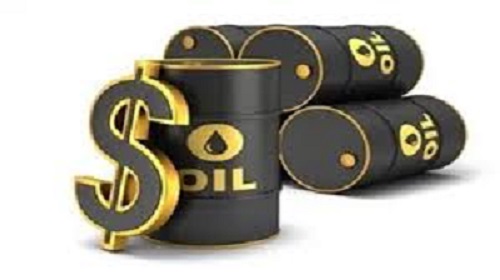As the Organization of Petroleum Exporting Countries and Friends (OPEC+) decides on output for 2024, the price of crude oil is rising globally.
Expectations are rising that they may implement additional, more significant supply reductions on top of the rollover of the voluntary cutbacks from Russia and Saudi Arabia. According to ING commodities analysts’ report on Thursday, if OPEC+ disappoints later today, the market is vulnerable to downside risk due to this mounting anticipation.
The fact that it is still unclear if the group was able to settle on a disagreement over Angolan and Nigerian production objectives for the upcoming year adds to the uncertainty surrounding the meeting. Brent price rose by 0.37% to $83.19 per barrel from the closing price of $82.88 a barrel in the previous trading session on Wednesday.
The American benchmark, West Texas Intermediate (WTI), traded at the same time at $78.23 per barrel, up 0.48% from Wednesday’s close of $77.86 per barrel.
The Organization of the Petroleum Exporting Countries (OPEC) will hold an online meeting at 1 p.m. local time on Thursday ahead of a meeting of the ministers of the 23-member OPEC+ group later in the day to discuss the trajectory of production levels from January 2024 onward.
Producer countries, to keep prices above $80 per barrel, are now expected to announce additional output cuts amid reports of a forecast supply surplus, especially in the first half of next year.
Experts also caution that compliance with the production targets is one of the issues on the ministers’ agenda, with a possible agreement yet to be reached on cutting quotas.
Meanwhile, markets forecast that the US Fed’s final interest rate will be between 5.25 and 5.50% based on expectations that the bank’s two-year hawkish policy cycle will come to an end. This prediction eased demand worries and put upward pressure on oil prices.
The US dollar index also fell from expectations that the Fed could start cutting interest rates in the first half of next year, while also contributing to price increases by making crude purchases more lucrative for holders of other currencies. However, concerns about an estimated demand weakness in the world’s largest oil consumers, the US and China, limited upward price movements.
The US Energy Information Administration’s (EIA) data indicated that commercial crude oil inventories in the country increased by around 1.6 million barrels, compared to the American Petroleum Institute’s expectation of a drop of around 817,000 barrels. According to official data released on Thursday, China’s manufacturing activity contracted for a second straight month in November. China’s official Purchasing Managers’ Index (PMI) fell to 49.4, at a quicker pace than expected.














